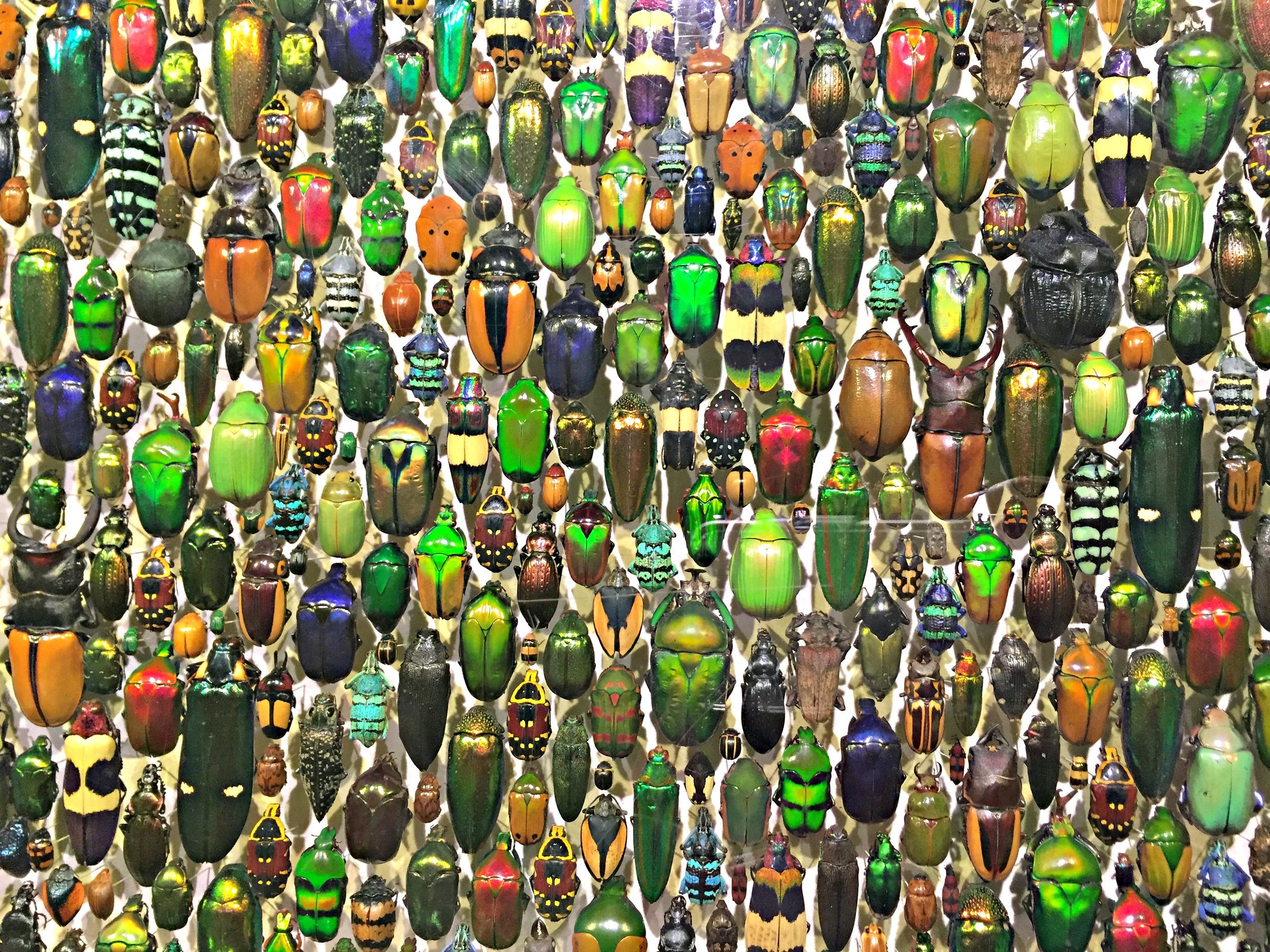Visiting the Montreal Biodome
/My family loves weekend road trips. My daughter loves staying in hotels (especially those with pools) and more so, she loves exploring new places – and we love surprising her. So, we recently surprised her with a weekend road trip to Montreal.
The focus of our trip was the Montreal Biodome. My daughter loves animals, nature and loves learning about different habitats, so we knew she would love the Biodome. We had heard it was a great place to bring kids and was the kind of educational, interactive activity that would keep nature-loving kids busy all day.
The Biodome, the Insectarium, the Botanical Garden and the Planetarium make up what is called the Montreal Space for Life, which is the largest natural science complex in Canada. It is situated in Montreal’s 1976 Olympic Park, which my husband and I found fascinating on its own. We spent most of our time trying to figure out which event was held where before looking it up on the Internet.
What is the Biodome?
The Montreal Biodome has four different ecosystems– the Laurentian Maple Forest, a Tropical Rainforest, the Gulf of St. Lawrence and Sub-polar regions. Within each are plants and animals native to each ecosystem. There are also interactive tablets and signage that explains what a particular animal or plant is and how they fit into that particular ecosystem.
Under the St. Lawrence
You start your journey through the Biodome by walking through the rainforest, which is quite warm and humid. If you look up you will find sloths sleeping in trees, tamarins and marmosets swinging from branch to branch, and numerous tropical birds singing and flying about.
The rainforest was my daughter’s favourite ecosystem because it was a “where’s Waldo” of trying to locate the different species that were housed there. There were also a variety of tropical plants and flowers, many of which we were encouraged to touch and smell.
A Capybara calls the Rainforest in Montreal's Biodome home.
Following the rainforest you are led into what can be a much chillier eco-system depending on the time of year you visit – the Laurentian Maple Forest. We were at the Biodome in late fall, so this area was the same temperature as outside, which was quite a shock after being in a hot rainforest. The animals here are more familiar to us Eastern Canada folk, but it’s a great place to get up close with some of our local wildlife, such as the porcupine, Canada lynx and the raccoon. Our favourite part of this area was the river otter that was so curious and playful he constantly wanted to jump and swim and see who was there to watch him. He was adorable and was definitely a memorable part of our day.
The Gulf of St. Lawrence was a fascinating area for those interested in sea life including seeing how big an Atlantic Sturgeon really is! The shore part of this area had birds swooping right over our heads (watch out for bird poop!) and in the underwater area we were able to see sea urchins and jelly fish as though we were at a larger aquarium.
Sea star
The area I was most amazed at was the sub-polar region. Although it wasn’t as large as the other areas it had two of my favourite species – Atlantic puffins and penguins. I had never seen a penguin in person before so it was fascinating watching them dive, swim and waddle around.
Sleeping penguin in the sub-polar ecosystem in Montreal's Biodome
All said and done there are more than 200 hundred species living in the Biodome. I hate seeing animals in captivity and really hope these animals were rescued or bred in captivity… but to be honest, I don’t know. All of the animals do look well cared for and their habitats are clean.
We would definitely go back to the Biodome. My daughter had a great time there and her only wish is that it was bigger. In addition to the ecosystems there is also a room downstairs called the “Naturalia” where kids can learn more about the animals from each ecosystem. My daughter liked this room because there was a skull of a two-tusk narwhal, which apparently is pretty rare.
Puffins
The Biodome isn’t open late (which I hope is to give the animals a rest). The price point is reasonable in comparison to other science centres and zoos. Adults are $19.75 each plus tax and children ages 5 to 17 are $10 each plus tax. Residents of Quebec cost a little less and their also family rates available.
In addition to the Biodome, we also went to the Insectarium, which was part of a package price, but was nearly the same price as the Biodome. After being at the Biodome, where we learned so much and saw so much, the Insectarium was a disappointment. It was quite small and the Canadian Museum of Nature in Ottawa houses similar displays of encased bugs and overall, we left feeling as though we didn’t see anything we hadn’t already seen before. After the many interactive and live exhibits at the Biodome, the stationary exhibits at the Insectarium seemed to repeat themselves over and over again. Next time we will visit the Planetarium instead, as we have heard great things about it.
Colourful Bugs at Montreal's Insectarium
The Olympic Park was under construction when we went and the weather wasn’t ideal for walking around too much, but all of the Space for Life buildings are within a 10-minute walking distance and you can even go up the Montreal Tower, which is 165 meters, for a birds eye view of Montreal. I would love to go back in the summer and explore the Botanical Gardens as well, which apparently has over 30 impressive outdoor gardens and greenhouses. You could easily spend a day or two exploring Montreal’s Olympic Park.
Tips for an easy trip to the Biodome:
1) Pack a lunch and snacks – there is a café and cafeteria on site, but the prices aren’t great and the food isn’t the most child-friendly (at least it wasn’t when we were there).
2) Bring a twoonie for the locker – if you are travelling in winter, do yourself a favour and put your winter coats, etc. in a paid locker. It will make exploring the rainforest ecosystem a lot more comfortable and enjoyable.
3) Use your GPS and plan your route – we found finding parking confusing, so thank goodness for our GPS! And Google Maps. If you’re a planner and like to know where you are going then don’t forget your GPS (or Siri) – it will make travelling around Montreal much easier, especially during rush hour.
4) Know their hours - like many museums, the Biodome is typically closed on Mondays (the exception being some holidays).











